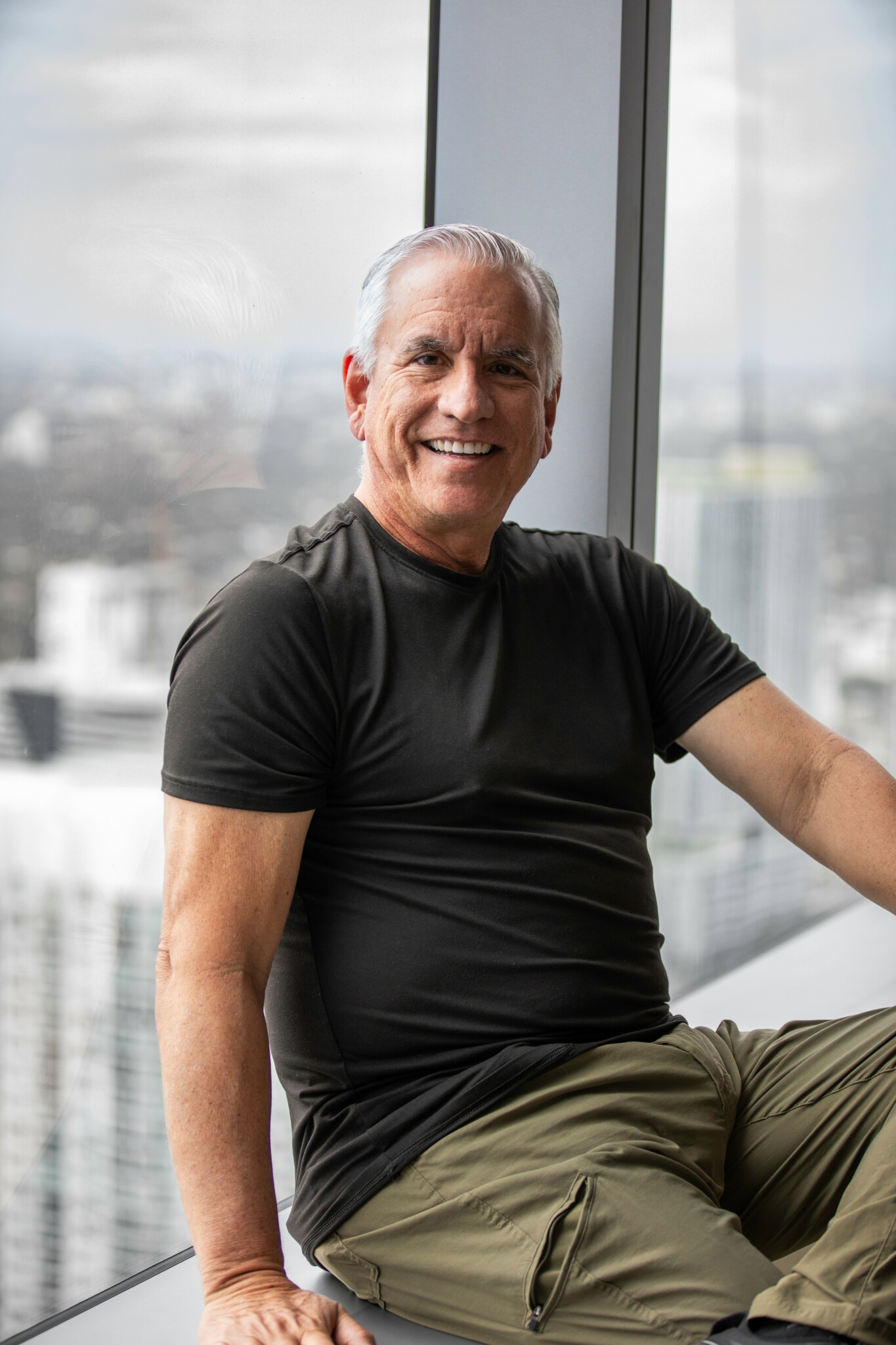We recently connected with Juan Silva and have shared our conversation below.
Juan, thanks for taking the time to share your stories with us today What do you think it takes to be successful?
To be successful, one must be passionate about what they do. My journey into photography began during a two-month backpacking trip across Europe while I was studying graphic design at the California College of Arts and Crafts. A friend lent me an Olympus OM1 with a broken light meter, so I had to rely on the instructions printed on a Kodachrome film box. Although many shots were over- or underexposed, the ones I nailed filled me with awe for their colors and composition—I discovered I had an eye for photography, and my background in graphic design began to shape my style.
While studying, I enrolled in a black-and-white photography course, devoured photography books, and shot relentlessly on Kodachrome film. After graduation, I returned to Venezuela and spent five years working as a graphic designer, directing photographers for fashion and product catalogs—a period that deepened my desire to pursue photography professionally.
A former boss from my first design job, having seen my travel picture collection, invited me to join a documentary film crew to capture stills for Viajando con Polar, a prestigious documentary that aired monthly on TV and in theaters. These stills were featured in Notas Polarizadas, an editorial magazine dedicated to celebrating Venezuelan values and the company’s social work. This opportunity felt akin to being hired by National Geographic—right in my own country. When interviewed for the position and asked about my earnings expectations, I said I was willing to work for free just to travel across Venezuela and capture images, traveling once or twice a month to some of the most exotic regions. In the end, I was paid for doing what I loved the most.
During this documentary work, I was asked if I’d be interested in photographing the various industries of Empresas Polar—breweries, corn flour mills, corn oil factories, ice cream production, canning facilities, and more. With some nervousness, I accepted the challenge, embarking on the journey that would define my specialization as a corporate and industrial photographer. Word quickly spread, and soon I was working for some of Venezuela’s most important companies, including Petróleos de Venezuela, Cemex, Toyota, Ford, Tabacalera Bigott, and others, capturing images of their facilities and the people behind them.
These experiences built a vast collection of images showcasing Venezuela’s industries and landscapes. I maintained a personal portfolio until I was introduced to the world of stock photography. I learned that The Image Bank the most prestigious stock company in the world at that moment, had an office in Caracas. So, after meeting with the manager and presenting samples from my travel, industrial, and portrait photography, he took over 300 slides to their New York headquarters. When he returned with the good news that they wanted me on their roster, I signed the contract and began producing images for stock while also fulfilling assignments for various industries. About a year later, I received my first royalty check from The Image Bank—a moment that spurred me to produce even more work. Later, they offered me a $20,000 loan to create lifestyle photography in Venezuela for the Hispanic market, a challenge I eagerly accepted. With guidance from New York art directors on several photoshoots, I repaid the loan as the images began selling, and soon stock photography royalties became my primary income source.
At the peak of my career in Venezuela in the year 2000, I migrated to the United States, fleeing the escalating crime. My stock royalty income enabled me to move to Miami, where I continued producing stock images and saw my earnings rise rapidly—I was living the American Dream. However, when the 2008 banking crisis hit, digital cameras became ubiquitous, and stock photography prices plummeted, my earnings dropped from mid-six figures to low five figures by 2012, forcing me to reinvent myself by exploring new opportunities. Eventually, I connected with the corporate niche, working as a photographer for law firms, real estate companies, banks, and more. Today, I focus on corporate portraits and architectural photography, which remain my bread and butter, even as my passion for travel, street, and nature photography endures.
I have experienced many ups and downs in my career, but I do not regret a single moment. I am fortunate to have spent over 35 years making photography my life’s work. I truly believe that passion, combined with the connections you forge along the way, is the best recipe for success—and that has been my experience.
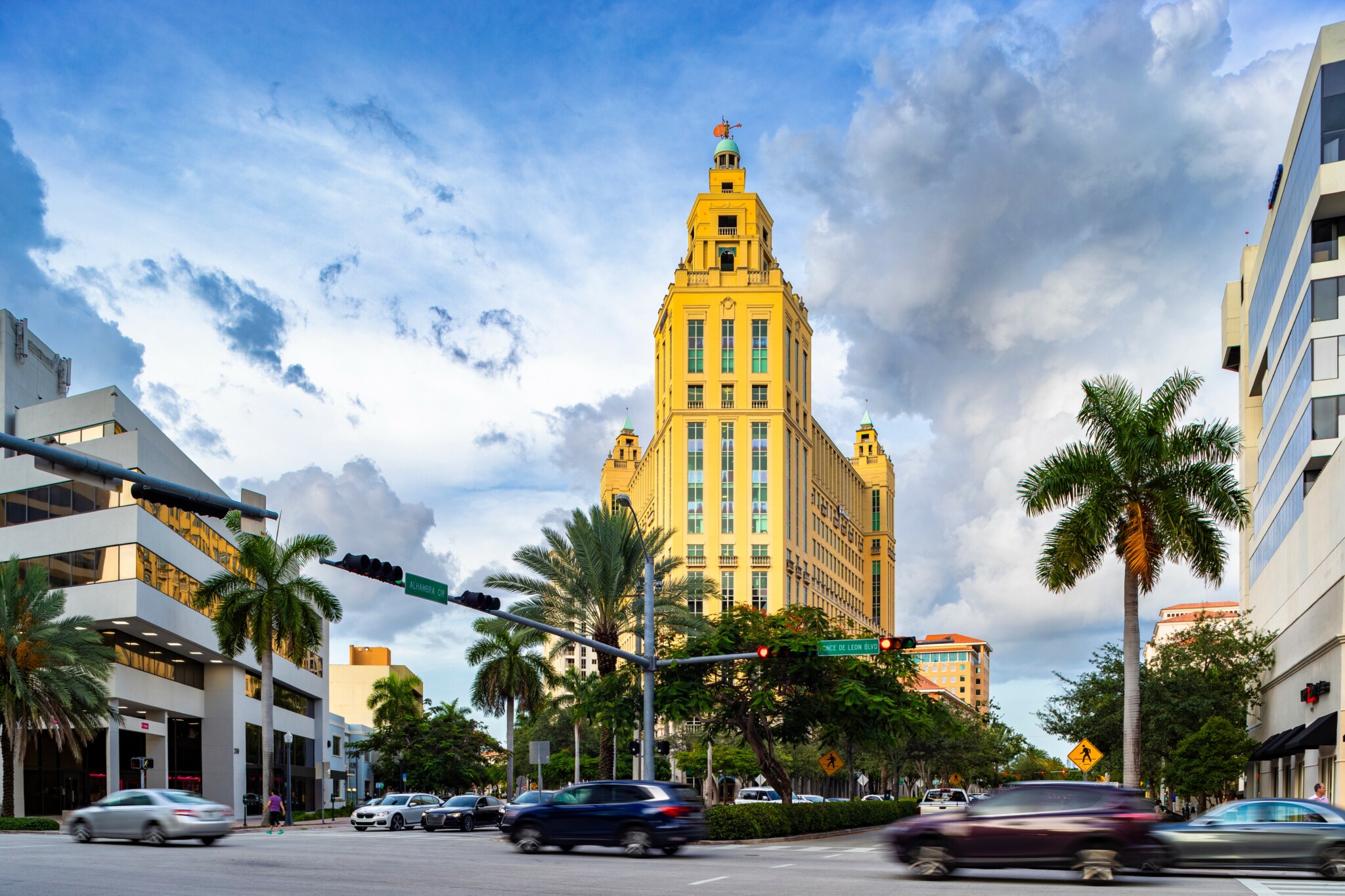
Juan, before we move on to more of these sorts of questions, can you take some time to bring our readers up to speed on you and what you do?
Photography is my passion, and I approach every assignment with unwavering enthusiasm—no matter the challenge. I believe my success in corporate portraiture comes from my natural ability to put subjects at ease, resulting in portraits that truly capture their essence. My experience as a fashion and lifestyle photographer adds a creative twist to even the most traditional corporate settings.
When it comes to architecture, my graphic design background shines through in my composition and color choices, creating images that are both striking and balanced. I’m also expanding into fine art photography, crafting prints ideal for interior designers or anyone looking to add a unique touch to their home or office.
Every project is an opportunity to blend passion with creativity, and that’s what drives my work every day.

Any resources you can share with us that might be helpful to other creatives?
I wish I had discovered the power of computers as a creative tool earlier in my career as a graphic designer. Back then, I had to rely on airbrush, Letraset, exacto knives, glue, and other analog methods to create layouts for clients.
Similarly, while I initially loved the organic craft of film photography, I now wish I had embraced digital photography and Photoshop from the start. Being able to see the result instantly—without waiting for film development and crossing my fingers that the exposure was right—would have been a game changer. I also wish that artificial intelligence tools in Photoshop had been available to me sooner.

What do you think is the goal or mission that drives your creative journey?
Although I never stop taking pictures, my focus has evolved to creating imagery that stands the test of time. My goal is to build a gallery of work that inspires people to decorate their homes and offices with art that endures.
Contact Info:
- Website: https://www.juansilva.com
- Instagram: https://www.instagram.com/juansilvaphotos/
- Facebook: https://www.facebook.com/juansilvaphotography/
- Other: https://store.juansilva.com
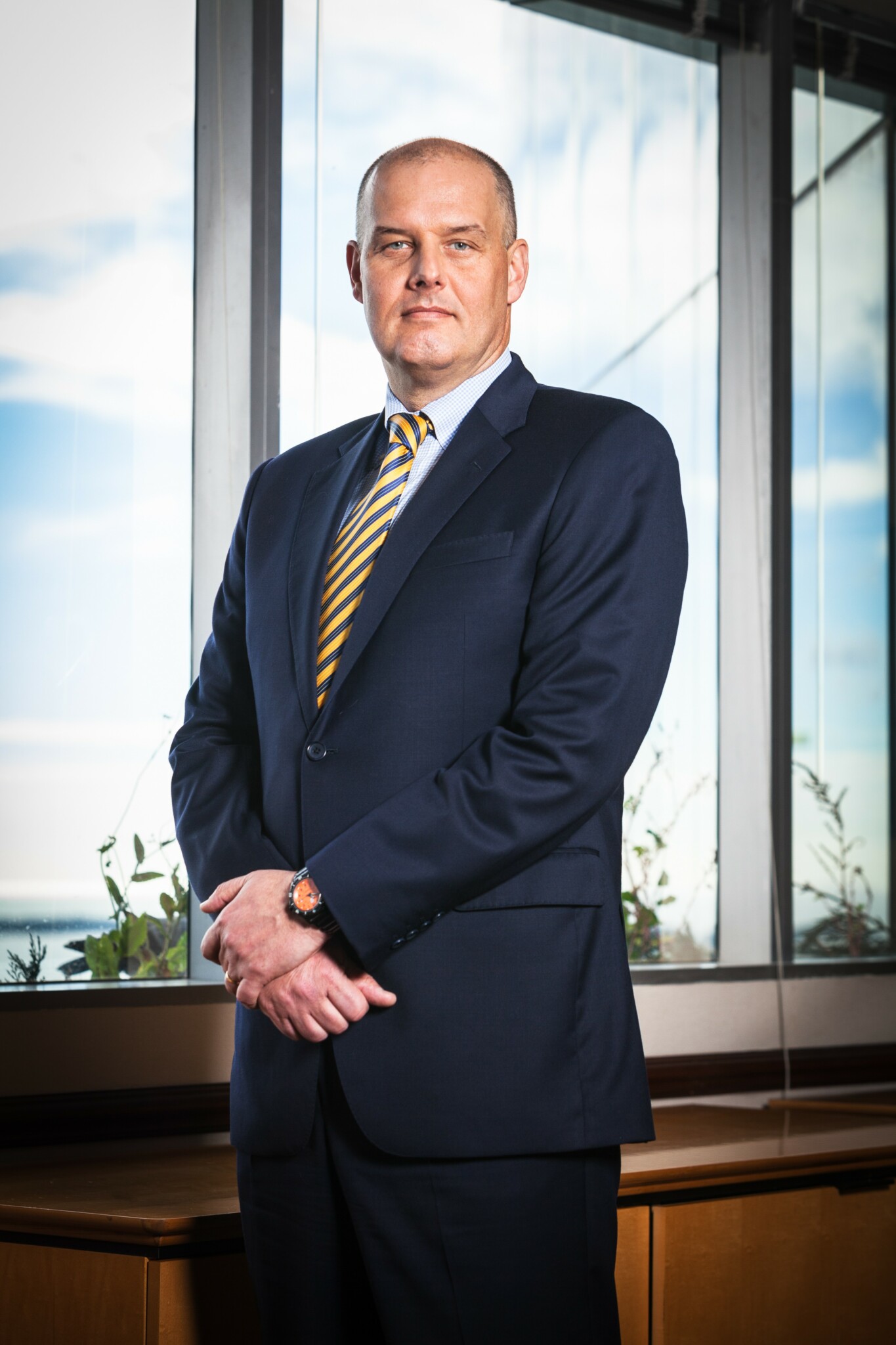
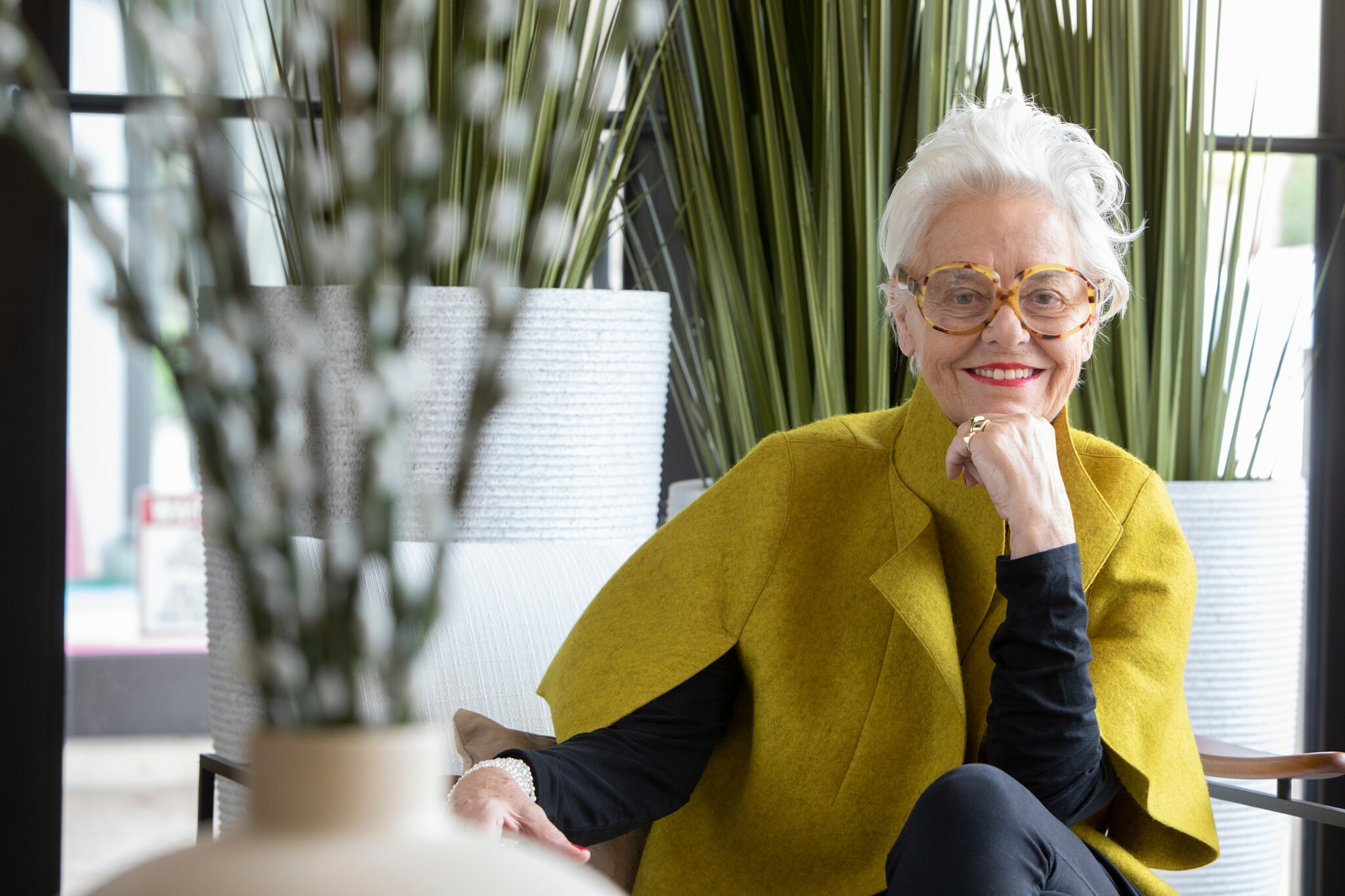
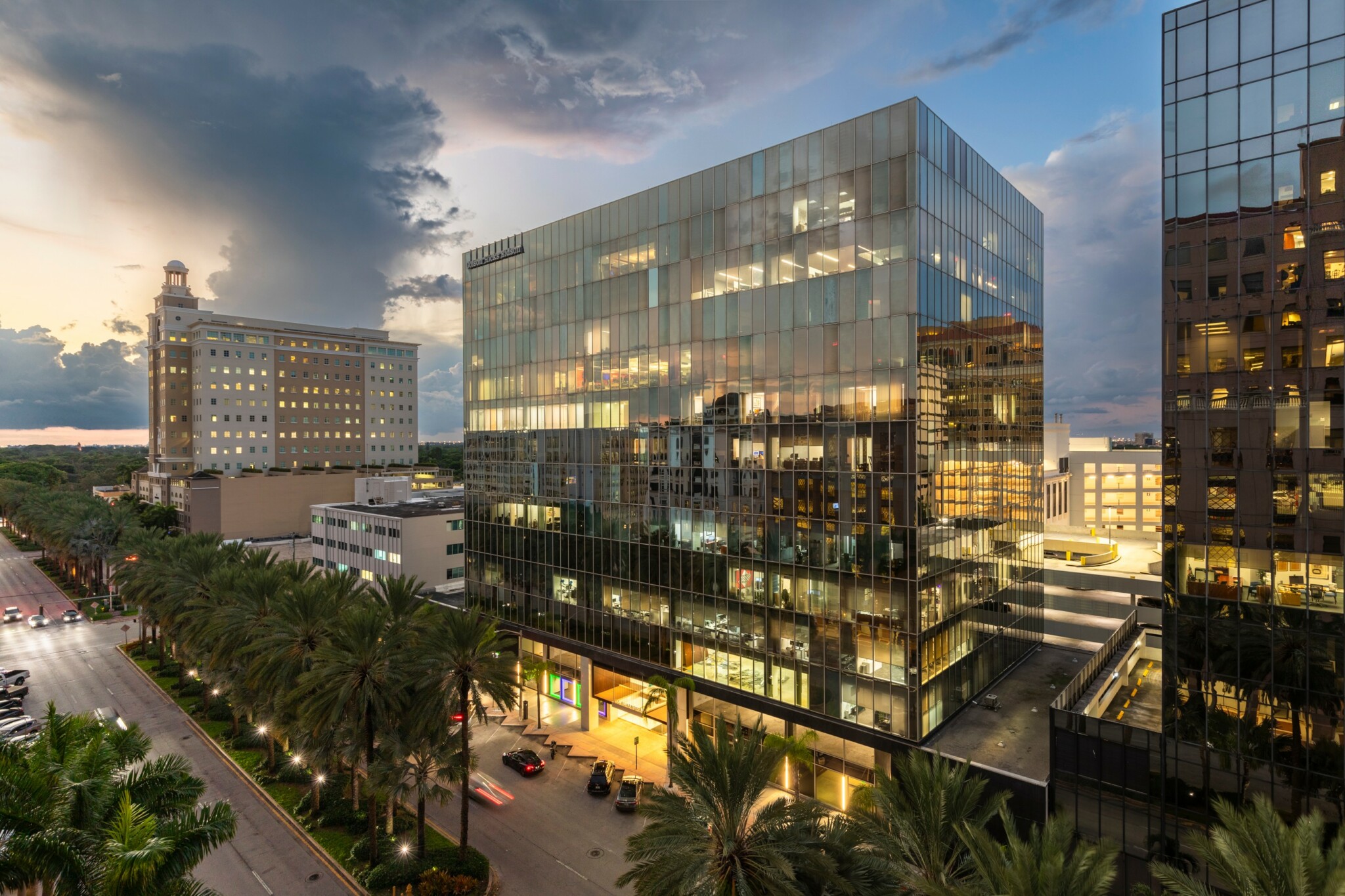
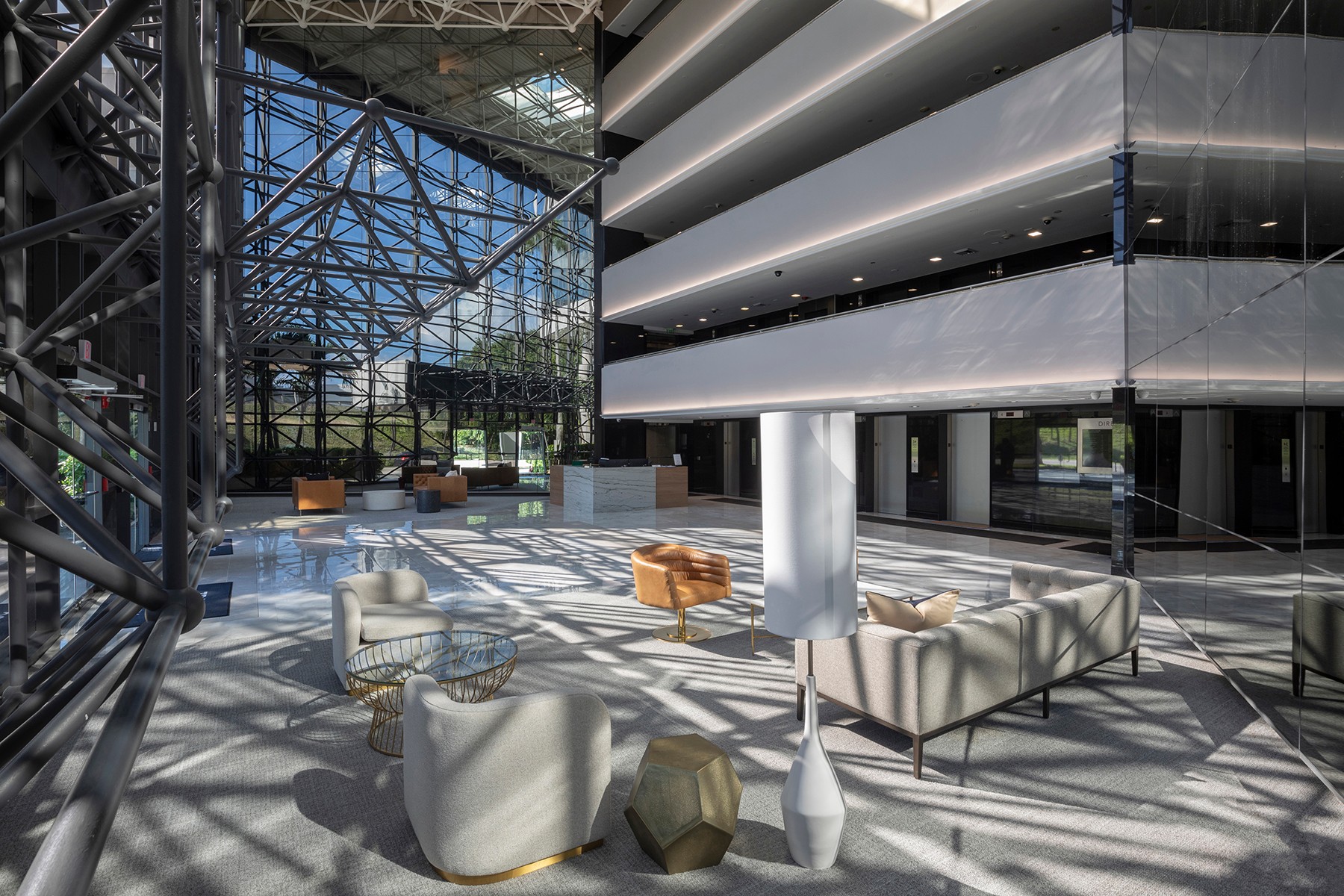
Image Credits
These images should be credited to Juan Silva Photography


